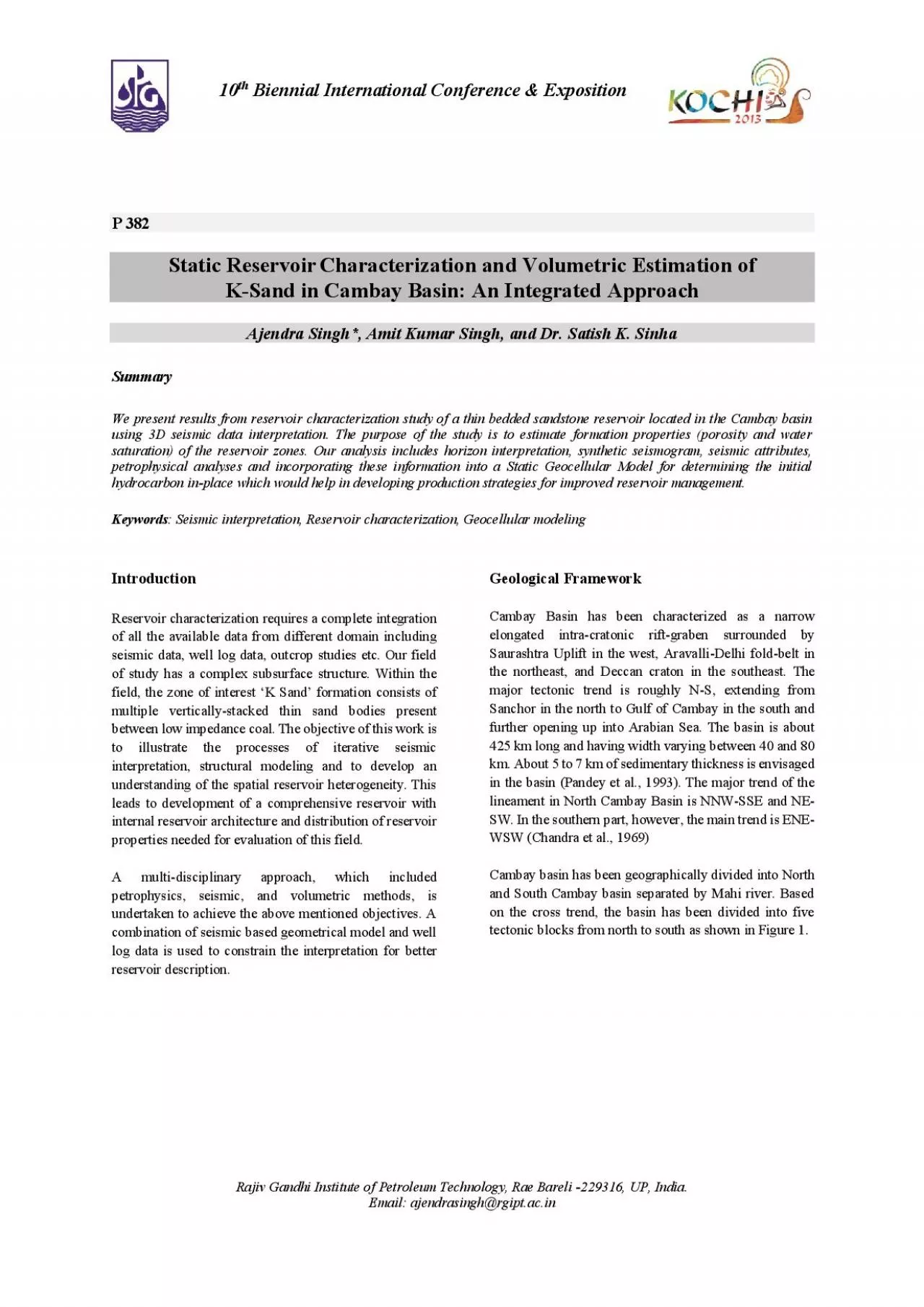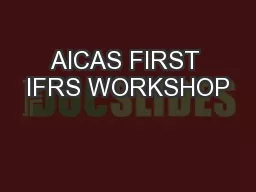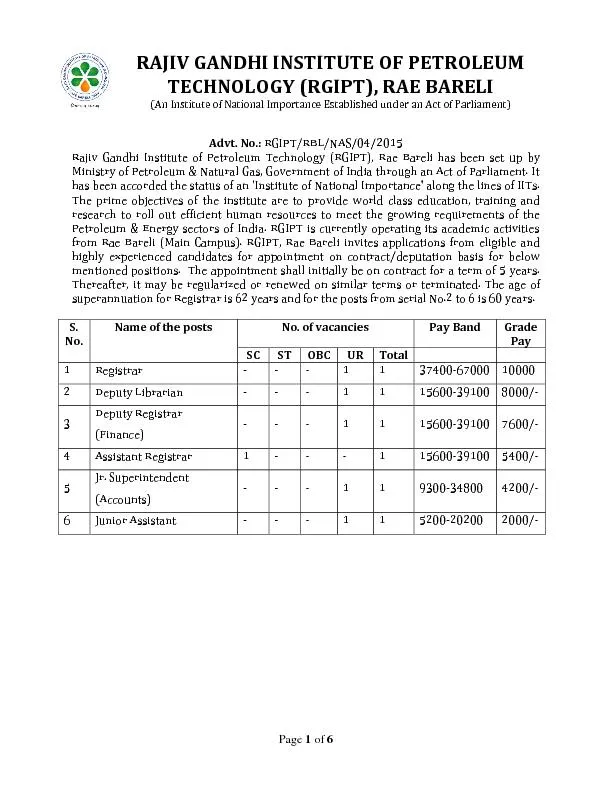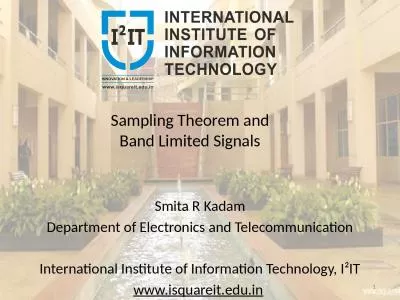PDF-Rajiv Gandhi Institute of Petroleum Technology Rae Bareli
Author : melody | Published Date : 2021-06-27
229316 UP India Email ajendrasinghrgiptacin 10 th Bie nnial International Conference Exposition P 3 82 Static Reservoir Characterization and Volumetric Estimation
Presentation Embed Code
Download Presentation
Download Presentation The PPT/PDF document "Rajiv Gandhi Institute of Petroleum Tech..." is the property of its rightful owner. Permission is granted to download and print the materials on this website for personal, non-commercial use only, and to display it on your personal computer provided you do not modify the materials and that you retain all copyright notices contained in the materials. By downloading content from our website, you accept the terms of this agreement.
Rajiv Gandhi Institute of Petroleum Technology Rae Bareli: Transcript
Download Rules Of Document
"Rajiv Gandhi Institute of Petroleum Technology Rae Bareli"The content belongs to its owner. You may download and print it for personal use, without modification, and keep all copyright notices. By downloading, you agree to these terms.
Related Documents














